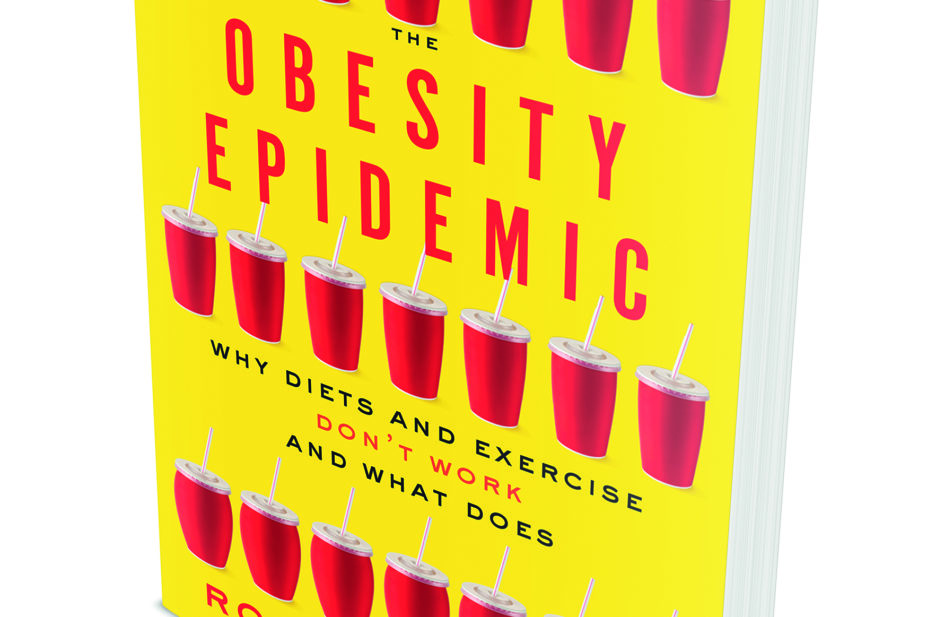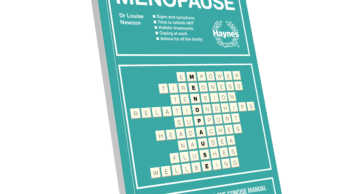
Governments around the world all recommend that, to lose weight, we just need to eat less and move more. But, according to Robyn Toomath, an endocrinologist with many years of treating obese patients with type 2 diabetes, neither of these approaches is particularly effective.
This new book is divided into three sections, covering: the effect of lifestyle and medical interventions; our obesogenic environment; and suggestions on how we might fix the problem.
Regarding lifestyle and medical factors, such as dieting, exercise, drugs and surgery, Toomath considers that only surgery is an effective weight loss tool but, given the scale of the obesity problem, is an impractical solution. When considering genetics, the author makes the point that, although our genes play a role in obesity, the current epidemic has developed only in the past 30–40 years, so we cannot place the blame on our genes.
Turning to our current food and lifestyle environment, Toomath describes how many of us use public transport to travel to work and thus expend fewer calories. She also points out that many people spend their days in front of a computer, moving considerably less than our recent ancestors, who spent much of their time in manual labour-type jobs. If we combine this relative inactivity with the fact that we are surrounded with and seduced by tempting processed foods to which we eventually succumb, there is little wonder that we have a problem with obesity.
The third and final part considers what we should be doing to address the problem. Public health campaigns, although always recommending healthy food options, have had little impact as most of us choose to ignore these messages. So what is the solution? Toomath believes that the only way to tackle and deal with the obesity epidemic is to make it the responsibility of government and to combine this with a shift in societal attitudes. In much the same way that we no longer tolerate smoking in public places, she suggests that we adopt a similar approach to healthy eating.
Toomath uses a number of examples to illustrate how this can be achieved in practice. She cites the case of a local McDonald’s restaurant that offered a diet drink with meals as the default and required people to have to ask for the full-sugar option. In another example, fish and chip shops changed their salt dispensers to ones with fewer holes to reduce salt consumption.
The author also believes that governments need to put pressure on food manufacturers to reduce the fat and sugar content of their products. Although we can already see this with various ‘light’ options, the original products are still available. By surreptitiously reducing the fat, sugar and salt in processed foods and not highlighting these changes, we can go some way to cutting our calorie intake. Finally, Toomath outlines other initiatives that would be beneficial. For example, placing healthy foods, such as fruits, next to the tills in supermarkets rather than chocolate bars.
This is an engaging book that is well written and will be an important addition to the pharmacist’s bookshelf. If we are to address the obesity epidemic then it is incumbent on society as a whole, in association with governments, to work together in an effort to find a solution because everything that we have tried to date does not seem to have had much of an effect.
Rod Tucker
References
The obesity epidemic. Why diets and exercise don’t work and what does, by Robyn Toomath. Pp 200. Price £16.79. Baltimore: John Hopkins University Press; 2016. ISBN 9 78142 1422497


